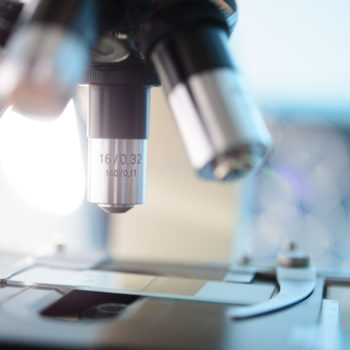Contaminated drinking water is the primary cause of the infection. Legionella, or legionellosis, is an infectious disease caused by the bacterium legionella pneumophila. This disease that affects the lungs owes its name to the first recorded episode. It was 1976 when the first cases were recorded at the American Legion veterans’ conference at the Bellevue Stratford Hotel in Philadelphia. The pneumonia epidemic then killed 16% of the patients but allowed to identify the responsible bacterium. Now the latest cases in Italy are making us talk about this disease once again. We talked about this topic with Dr. Elena Azzolini, doctor of the Health Directorate of Humanitas.
How do you get legionella?
The gram-negative bacterium that causes Legionnaires’ disease is found mainly in the environment: in waters such as swimming pools, canals, spas and whirlpools and rainwater tanks. It can expand through humidity and water vapor and can therefore be conveyed through nebulizers, humidifiers, air conditioners and aerosol dispensers. However, the most frequent reason for infection is drinking water and it is very unlikely that the infection will come from an infected person.
Diagnosis and symptoms of Legionnaires’ disease
Serological or immunofluorescent tests: Only the isolation of the germ gives the certainty of the diagnosis but identifying legionella is not particularly complex, especially in the case of epidemics. Its spread is greater in hospitals, where the pneumonia caused by this bacterium are 22% of the total. The most affected are the over50s, especially if they are smokers and if they have chronic obstructive pulmonary disease or if they are immunocompromised by other diseases. The symptoms are similar to those of the flu: chills, fever, dry cough, malaise and headache and widespread muscle pain. The treatment is with antibiotics, but in the most serious cases this may not be enough.










